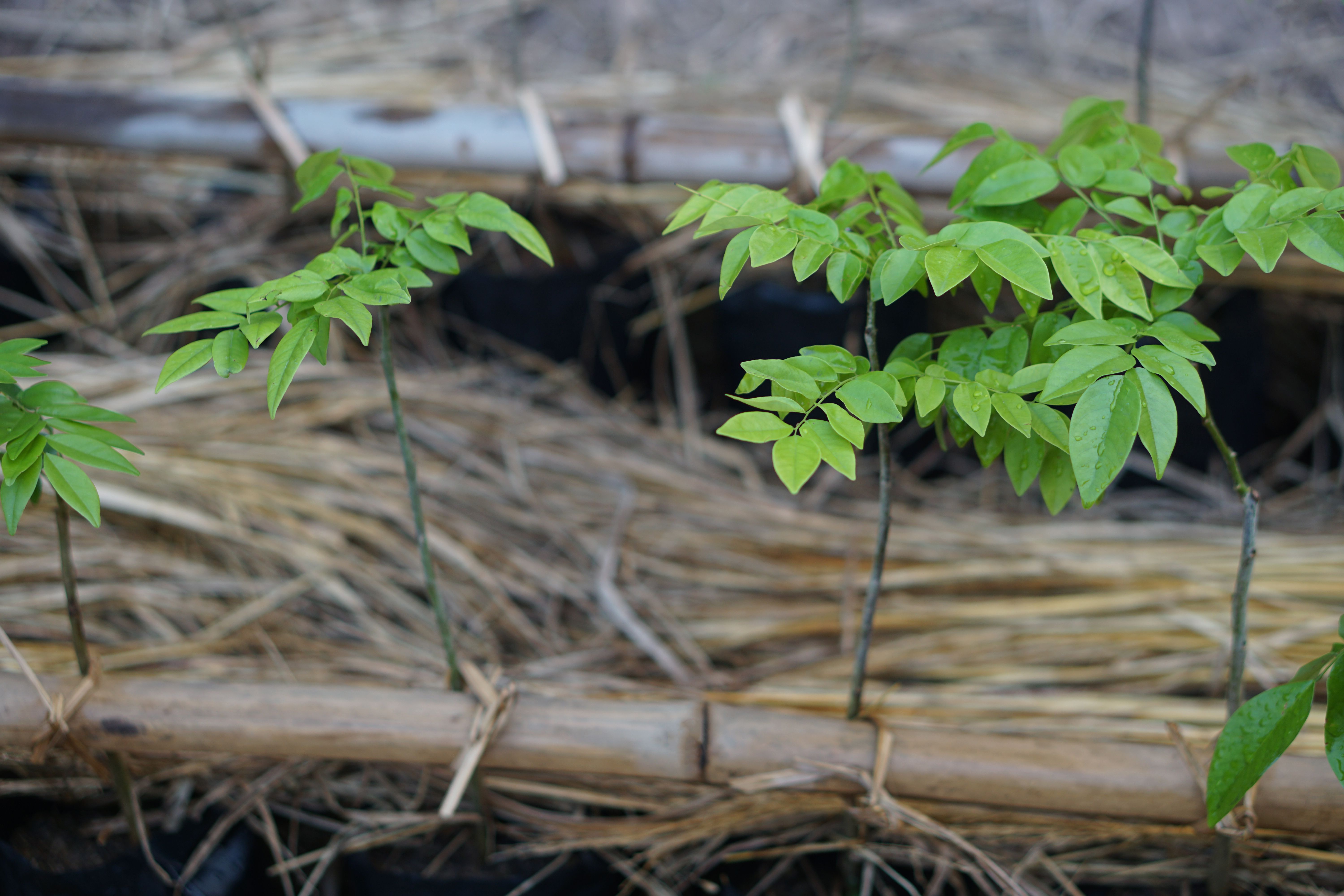Investigating Cardioprotective Flavonoids in Dalbergia odorifera: Pharmacokinetics and Molecular Docking Insights
Researchers from the Chinese Academy of Medical Sciences and Peking Union Medical College categorize the cardioprotective effects and other characteristics of flavonoids from the species commonly known as Chinese rosewood.
Cardiovascular diseases continue to be a global health concern, prompting extensive research into potential therapeutic compounds. In a recent study published in the Journal of Separation Science, scientists from the Chinese Academy of Medical Sciences and Peking Union Medical College in Haikou, China explored the pharmacokinetics and molecular docking of flavonoids found in Dalbergia odorifera, shedding light on the flavonoids’ cardioprotective effects (1).
Young Dalbergia Odorifera or Payoong trees in Thailand in seedling plantation. Concept, economic plants. Grow forest. Agriculture, Forestation. | Image Credit: © Sanhanat - stock.adobe.com

The team of seven authors reported that they employed a comprehensive approach, integrating pharmacological and analytical techniques. The investigation aimed to unravel the cardioprotective properties of Dalbergia odorifera, or Chinese rosewood, flavonoids, assessing their impact on various parameters linked to myocardial health.
The study involved a multifaceted evaluation that included hematoxylin-eosin staining histopathological observations, detection of myocardial enzymes, assessment of peroxidation and antioxidant levels, ATPase activities, and examination of antioxidant and apoptosis-related protein expression in heart tissue through immunohistochemistry.
The pharmacokinetic parameters of the flavonoids in rat plasma were examined using ultrahigh-pressure liquid chromatography coupled with tandem mass spectrometry (UHPLC–MS/MS). This analytical approach provided valuable insights into the absorption, distribution, metabolism, and excretion of the compounds within the biological system.
Notably, the results highlighted the significant impact of D. odorifera flavonoids on key indicators of myocardial health. The flavonoids demonstrated a notable reduction in creatinine kinase, alanine transaminase, nitric oxide, and hydrogen peroxide levels, coupled with an elevation in glutathione, superoxide dismutase, and ATPase levels. These effects contributed to a marked reduction in the pathological degree of heart tissue, showcasing clear antimyocardial ischemia efficacy.
Further analysis revealed that nine out of the 17 flavonoids investigated were detected in rat plasma. Of particular interest were 3′-O-methylviolanone and sativanone, which exhibited significantly higher peak concentration and area under the plasma concentration-time curve values compared to other ingredients. The pharmacokinetic profile indicated rapid absorption, with most flavonoids reaching peak concentrations in less than 2 h, while elimination half-life ranged from 3.32 to 21.5 h.
Molecular docking studies complemented these findings, indicating that certain flavonoids including daidzein, dalbergin, formononetin, and genistein possessed the potential to bind to specific target proteins. This insight into molecular interactions contributes to a deeper understanding of the mechanisms underlying the cardioprotective effects observed.
The study provides a foundation for understanding the cardioprotective effects and potential clinical applications of D. odorifera flavonoids. By combining pharmacokinetics and molecular docking analyses, the research not only advances our understanding of these compounds but also opens avenues for further exploration in cardiovascular therapeutics.
This article was written with the help of artificial intelligence and has been edited to ensure accuracy and clarity. You can read more about our policy for using AI here.
Reference
(1) Wang, C.; Gong, B.; Wu, Y.; et al. Pharmacokinetics and Molecular Docking of the Cardioprotective Flavonoids in Dalbergia odorifera. J. Sep. Sci. 2023, e2300614. DOI: 10.1002/jssc.202300614
Advances in Non-Targeted Analysis for PFAS in Environmental Matrices
March 27th 2025David Megson from Manchester Metropolitan University in Manchester, UK, spoke to LCGC International about the latest developments in non-targeted analysis (NTA) of per- and polyfluoroalkyl substances (PFAS) in environmental matrices based on a recent systematic review paper he has collaboratively published (1).
Study Explores Thin-Film Extraction of Biogenic Amines via HPLC-MS/MS
March 27th 2025Scientists from Tabriz University and the University of Tabriz explored cellulose acetate-UiO-66-COOH as an affordable coating sorbent for thin film extraction of biogenic amines from cheese and alcohol-free beverages using HPLC-MS/MS.
Quantifying Microplastics in Meconium Samples Using Pyrolysis–GC-MS
March 26th 2025Using pyrolysis-gas chromatography and mass spectrometry, scientists from Fudan University and the Putuo District Center for Disease Control and Prevention detected and quantified microplastics in newborn stool samples.






